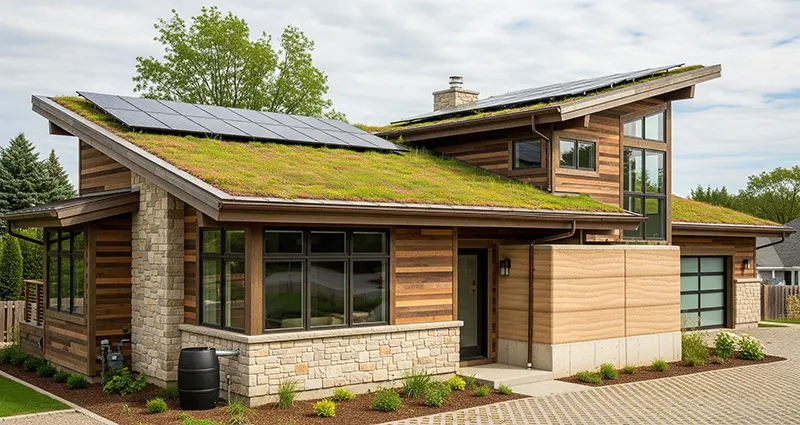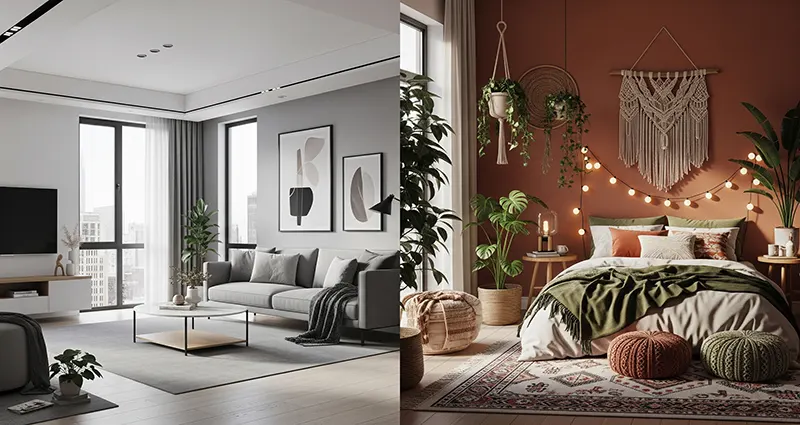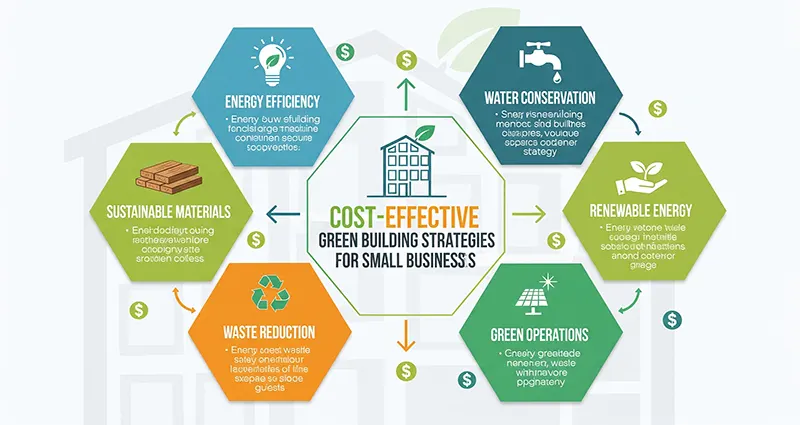How to Use AI for Generating Floor Plans and Layouts
The process of designing floor plans and layouts has traditionally required the expertise of architects or interior designers, often involving lengthy iterations and manual revisions. However, with the rise of artificial intelligence (AI), this process has become faster, more accessible, and highly customizable. AI-powered tools are transforming how homeowners, builders, and designers create floor plans, allowing for efficient, accurate, and creative spatial planning.
In this article, we’ll explore how to use AI for generating floor plans and layouts, highlighting the benefits, key features, and steps to get started.
Benefits of Using AI for Floor Planning
- Speed and Efficiency: AI algorithms can generate multiple design options within minutes, saving valuable time compared to traditional manual drafting.
- Optimization: AI can optimize space utilization by analyzing room dimensions, traffic flow, natural lighting, and intended usage.
- Customization: Users can input specific requirements such as number of rooms, preferred style, and furniture placement to
Sustainable Building Materials for Residential Home Construction
As awareness of environmental issues grows, more homeowners and builders are seeking sustainable building materials for residential home construction. Sustainable materials not only reduce the environmental footprint of a home but also improve energy efficiency, indoor air quality, and long-term durability. Choosing eco-friendly building materials is an important step toward creating healthier living spaces while conserving natural resources for future generations.
What Are Sustainable Building Materials?
Sustainable building materials are products that have minimal negative impact on the environment throughout their lifecycle—from extraction and production to use and disposal. These materials often come from renewable resources, require less energy to manufacture, and can be recycled or reused. Additionally, sustainable materials support healthier indoor environments by minimizing harmful chemicals and pollutants.
Popular Sustainable Building Materials for Residential Construction
1. Bamboo
Bamboo is a rapidly renewable resource known for its strength and versatility. It grows much faster than traditional hardwoods, making it … READ MORE ...
Best AI Tools for Visualizing Home Interior Design Ideas
Visualizing interior design ideas can be a daunting process, especially if you’re unsure how certain elements like colors, furniture, or layouts will look in your space. Thankfully, advancements in artificial intelligence (AI) have revolutionized the way homeowners, designers, and decorators approach interior design. Today, numerous AI-powered tools help you effortlessly create, customize, and visualize your home interior design ideas before making any real-world changes. Below, we explore some of the best AI tools for visualizing home interior design ideas that combine ease of use, powerful features, and realistic renderings.
Top AI Tools for Visualizing Home Interior Design Ideas
1. Planner 5D
Planner 5D is an intuitive AI-driven design platform that allows users to create detailed floor plans and 3D interior designs without any prior experience. Its AI capabilities help auto-generate realistic 3D visualizations based on your 2D sketches. You can experiment with different furniture, color schemes, and decor items from … READ MORE ...
Cost-Effective Green Building Strategies for Small Businesses
In today’s environmentally conscious world, small businesses are increasingly seeking ways to reduce their ecological footprint while managing costs effectively. Implementing green building strategies not only benefits the environment but also helps businesses save money through energy efficiency and operational savings. Here, we explore cost-effective green building strategies that small businesses can adopt to create sustainable and efficient workspaces.
Why Green Building Matters for Small Businesses
Green building involves designing, constructing, and operating buildings in ways that reduce environmental impacts while improving occupant health and comfort. For small businesses, going green can lead to:
- Lower utility bills through energy and water savings
- Improved indoor air quality enhancing employee productivity
- Increased property value and marketability
- Access to tax credits or incentives for sustainable building
Cost-Effective Green Building Strategies
1. Optimize Insulation and Air Sealing
Proper insulation and air sealing are among the most cost-effective ways to improve energy efficiency. Ensuring that … READ MORE ...
The Royal Ring’s Restoration: Preserving the Legacy of Italian Royal Engagement Rings
The Italian royal family has long been a symbol of elegance, wealth, and timeless tradition. A significant part of that tradition can be seen in their engagement rings, which not only mark a personal milestone but also embody the history, heritage, and craftsmanship of the Italian aristocracy. The royal engagement ring has always been more than just a symbol of commitment; it is an heirloom that has been passed down through generations, often carrying with it deep familial and cultural significance. As with any item of such immense historical value, the restoration of these rings plays a crucial role in ensuring their preservation for future generations. The restoration of Italian royal engagement rings, in particular, involves an intricate process that honors both their artistic legacy and their sentimental importance.
Engagement rings in the Italian royal lineage have been known for their exquisite designs, often featuring precious stones, intricate settings, and … READ MORE ...















